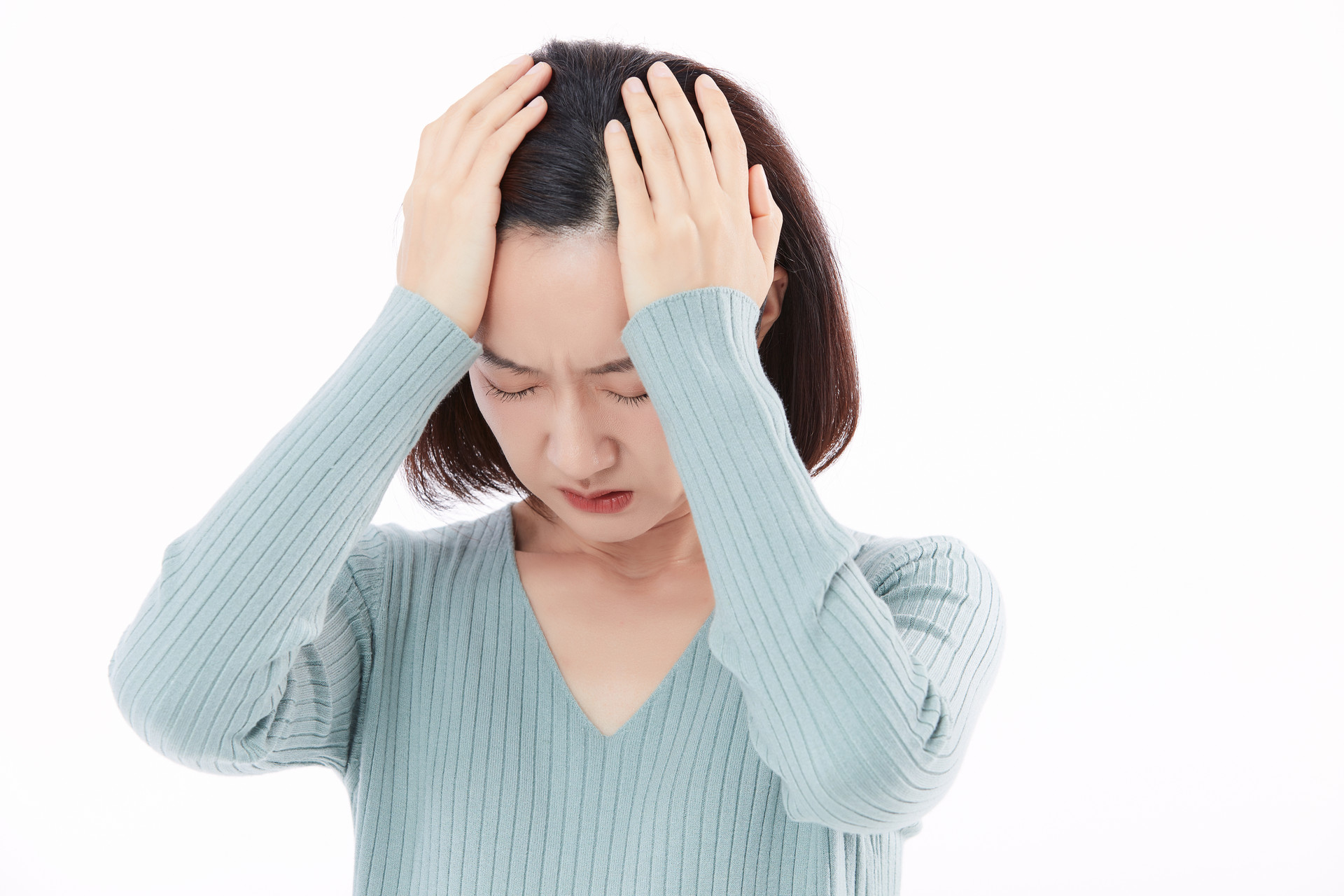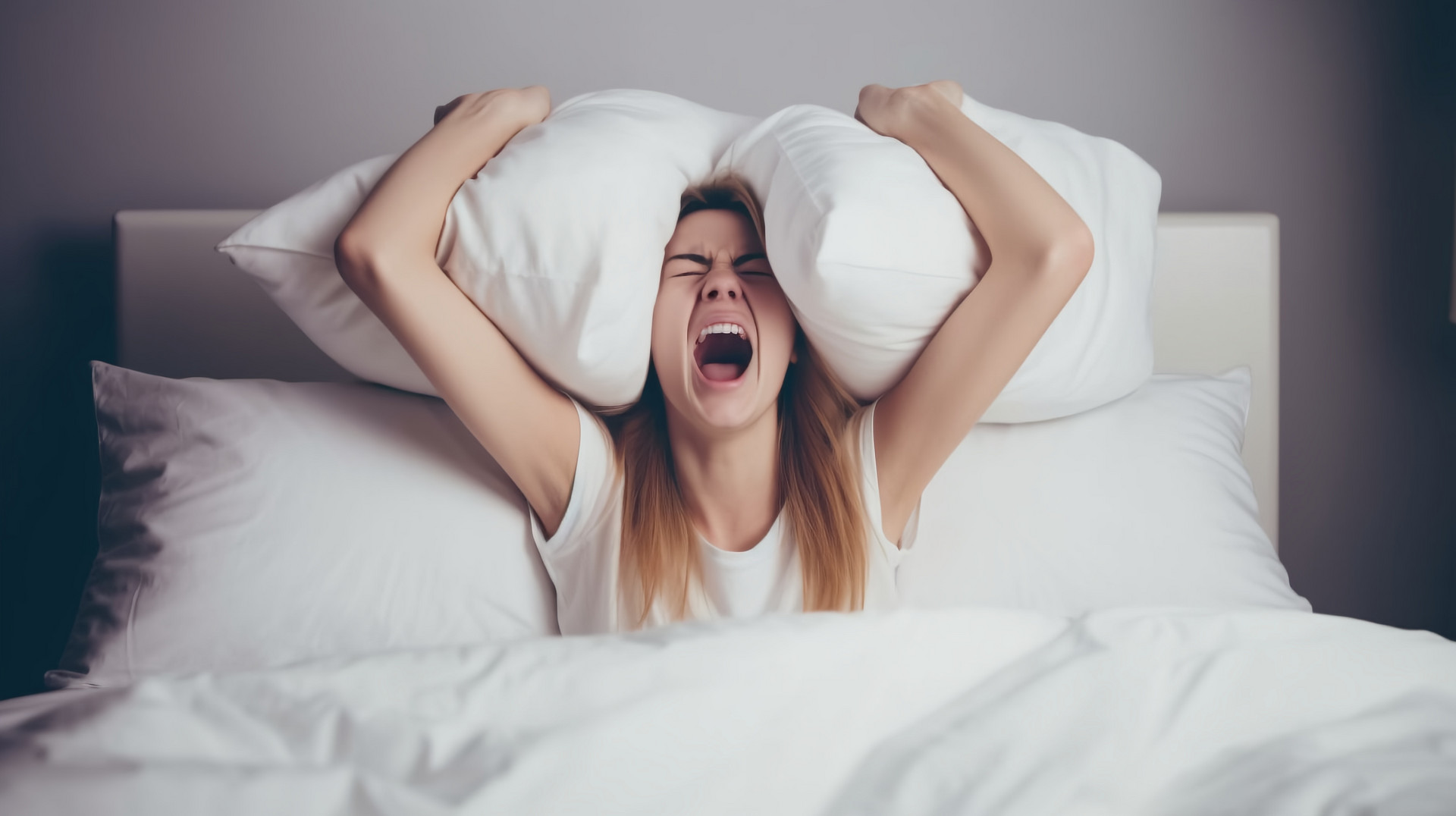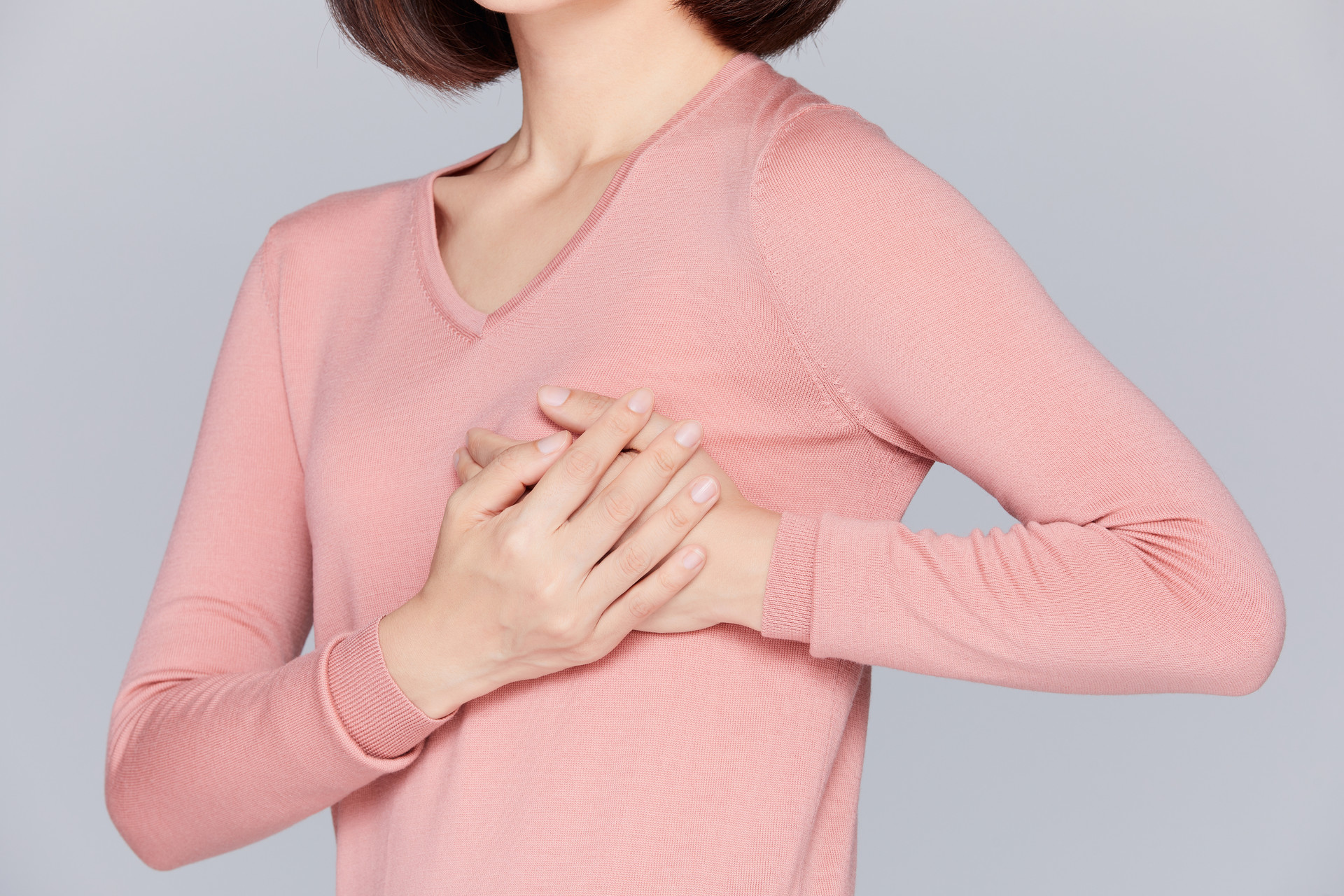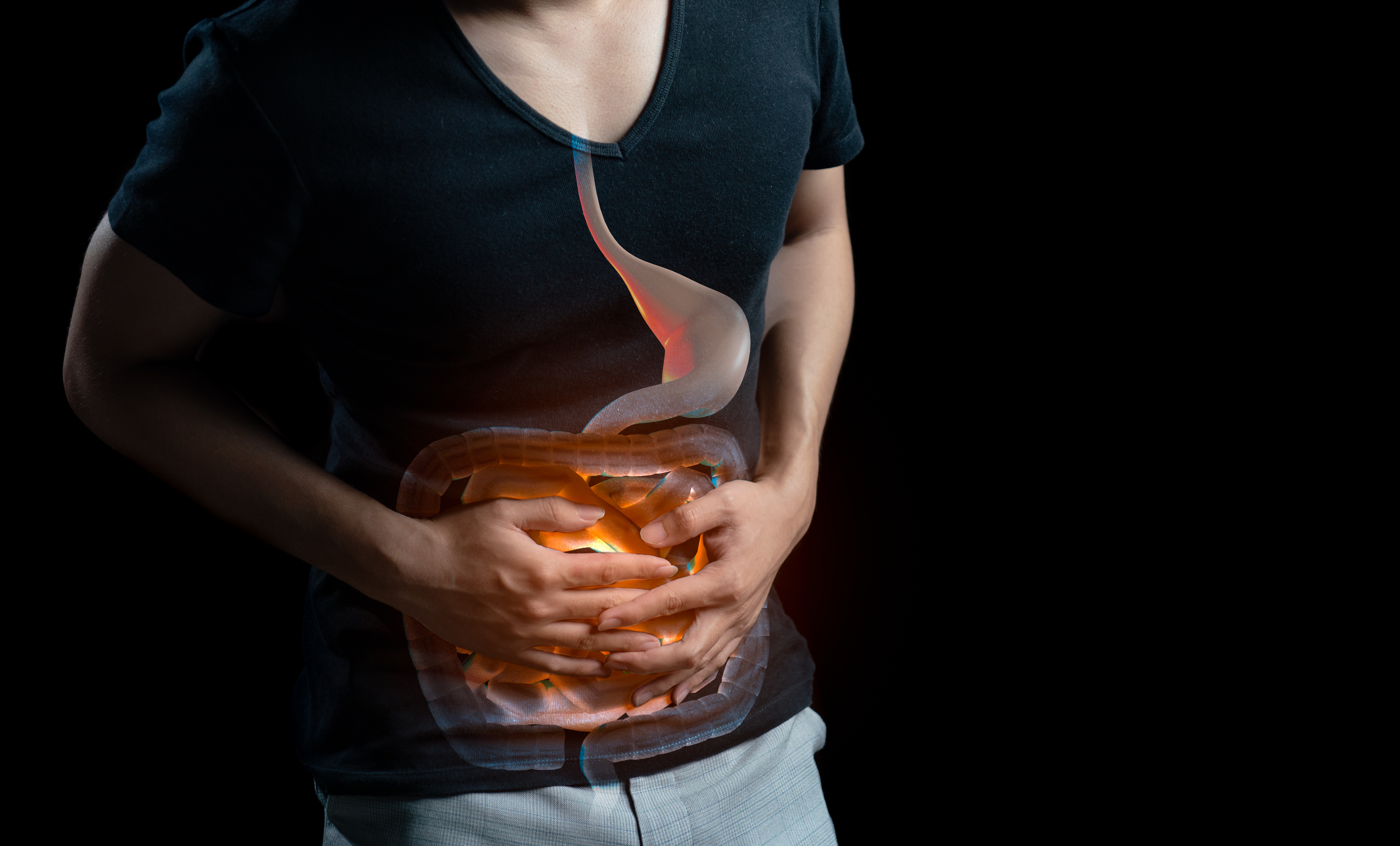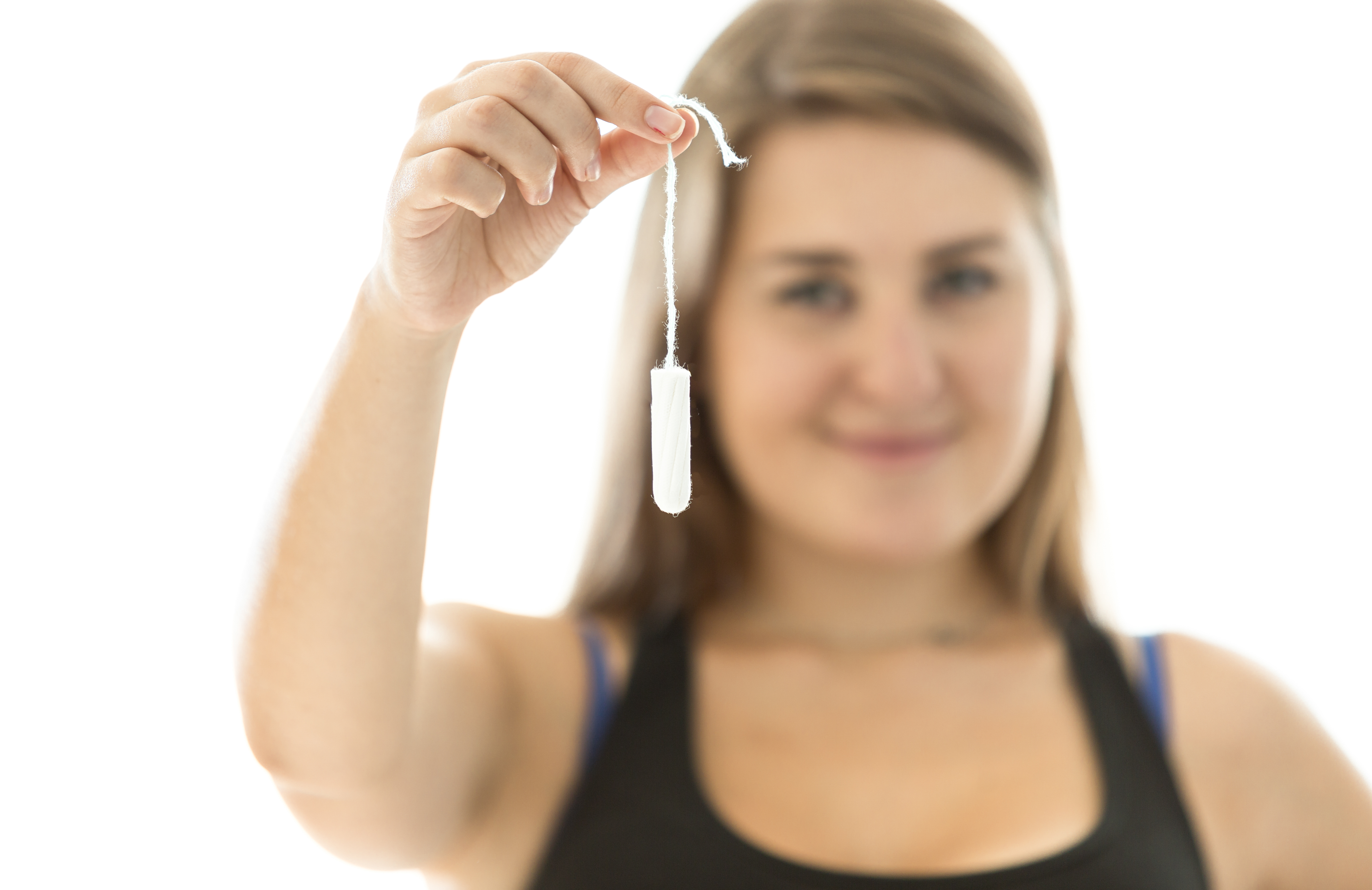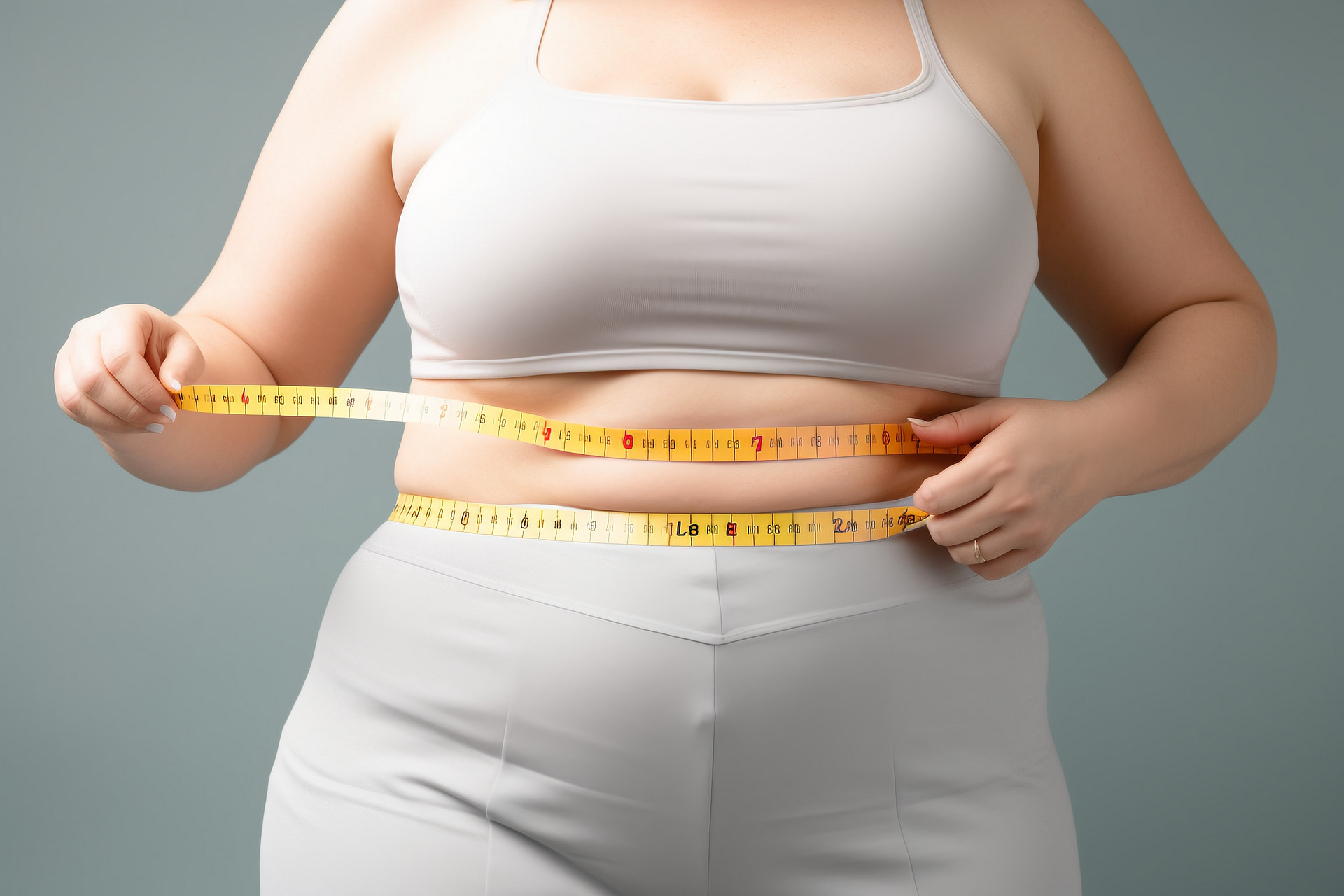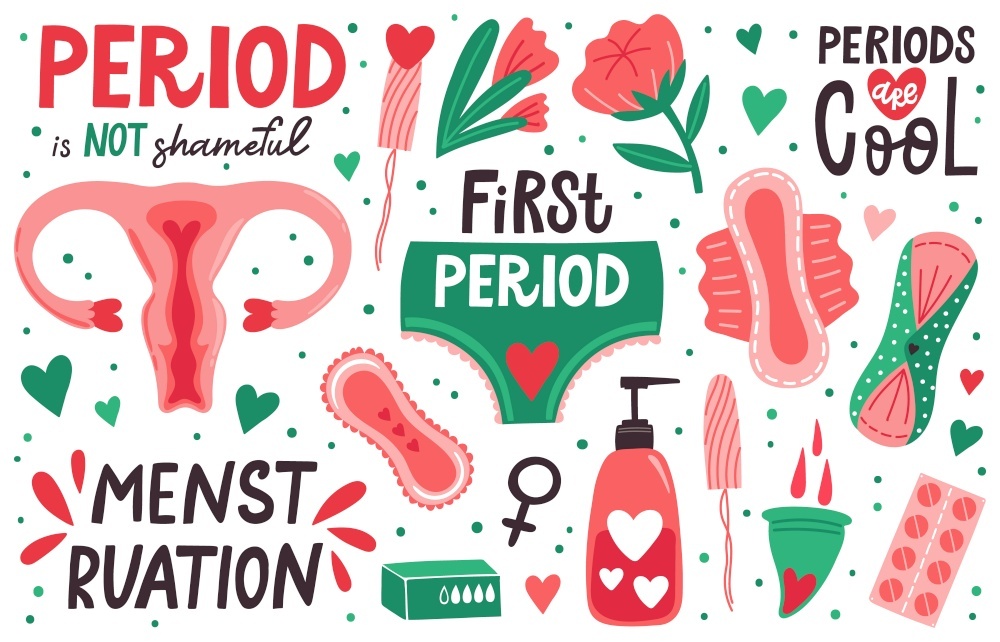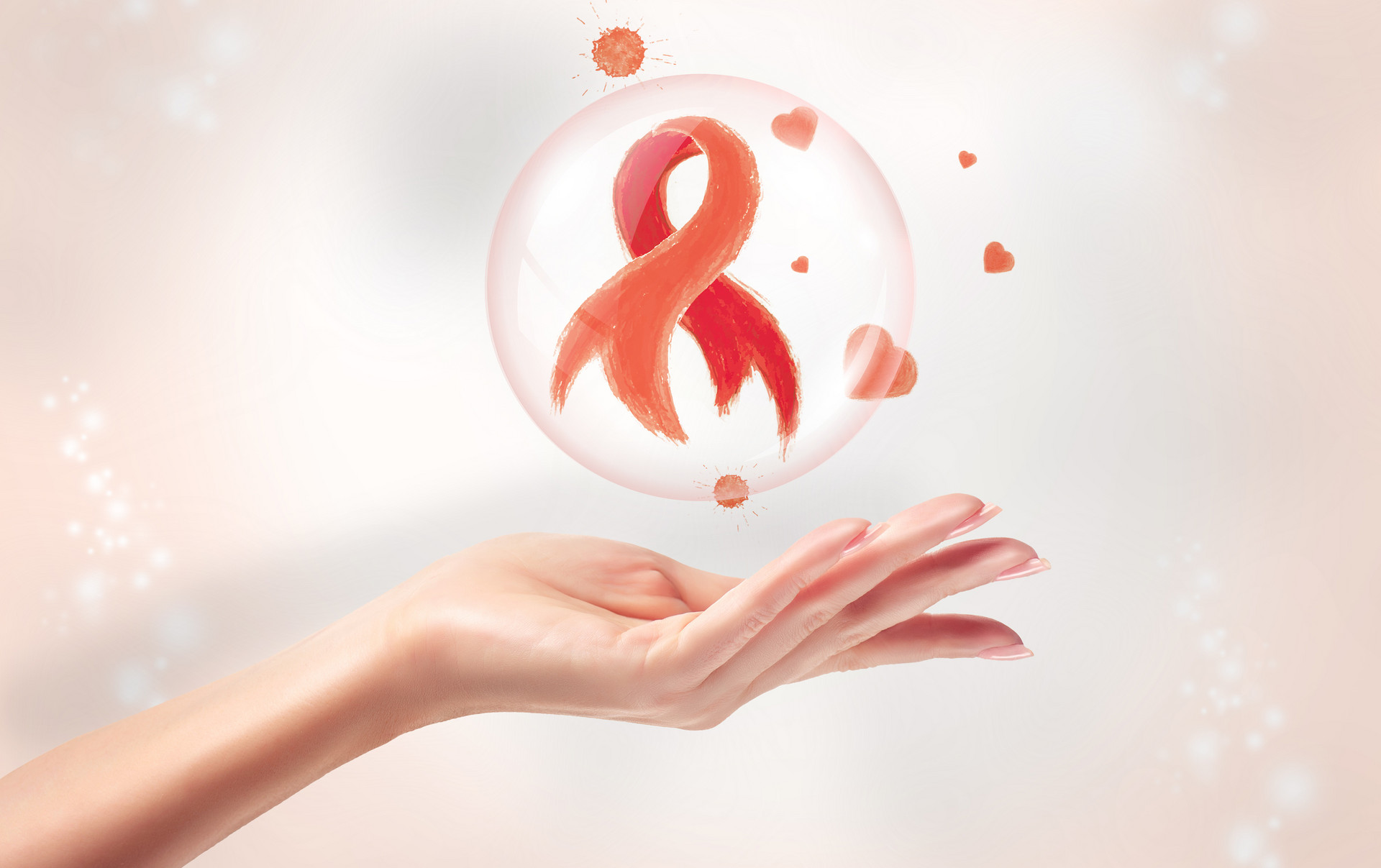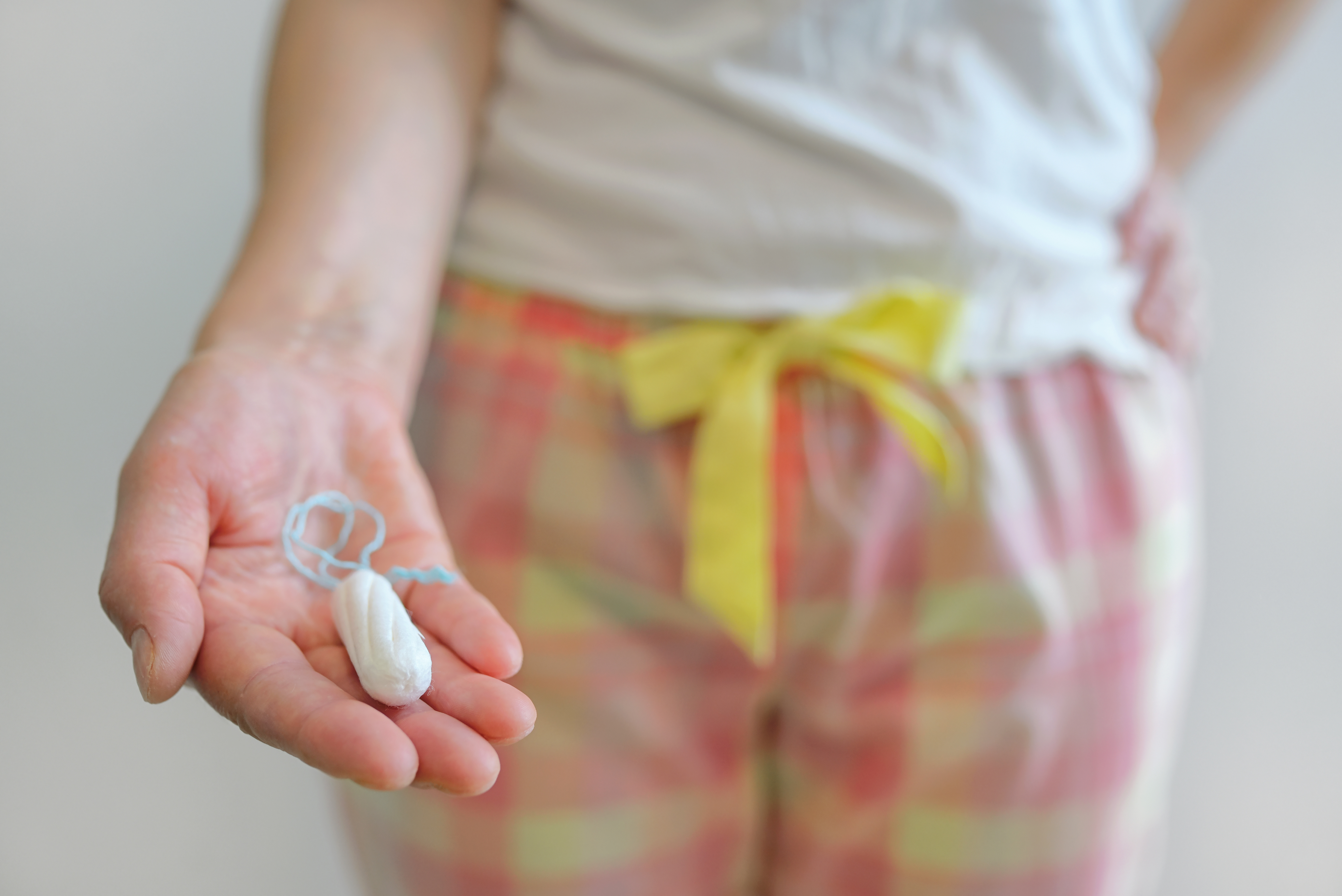With the development of society and the improvement of people's living standards, people have made great progress in diet. Due to busy work, people's exercise has been greatly reduced, resulting in poor physical function and an increase in obesity. This has led to an increase in the number of patients with hypertension, not only for male hypertension patients, but also for female patients. Today, let's learn about female hypertension patients. What are the causes of hypertension? What are the symptoms of hypertension? What should women with hypertension do? What fruits should hypertensive patients eat? What precautions should be taken for hypertension? What should not be eaten for hypertension? How to prevent hypertension? Next, let's discuss the knowledge about female hypertension!
The Causes of Hypertension
1. The action of sex hormones is an important cause of hypertension in women. Among them, estrogen in women can activate the renin-angiotensin system and increase the secretion of renin stimulated by progesterone. If the regulation of female estrogen is unstable, it can increase the secretion of renin and lead to hypertension. After menopause, the level of estrogen in women decreases, leading to increased renin secretion. Therefore, women after menopause are more prone to hypertension.
2. Women who often take birth control pills are more likely to develop hypertension. The main ingredients of birth control pills are estrogen and progesterone. Long-term use of birth control pills can cause sodium and water retention, activation of the renin-angiotensin-aldosterone system, increased levels of estrogen metabolism enzymes in plasma, insulin resistance, and increased concentration of inflammatory factors such as high-sensitivity C-reactive protein, leading to an increase in blood pressure. Therefore, in order to prevent hypertension in women who often take birth control pills, they must pay attention to their blood pressure and avoid adverse effects.
3. Obesity is also one of the causes of hypertension in women. A survey has shown that among obese people, those with a body mass index (BMI) greater than or equal to 24 are 3-4 times more likely to have hypertension than those with a normal BMI. Obesity is an important factor in causing hypertension. Women have more fat cells than men, which makes them more prone to obesity, especially visceral obesity, which is closely related to hypertension.
4. The higher incidence of hypertension in postmenopausal women is closely related to their sensitivity to sodium intake, which may be related to increased sympathetic nervous system activity.
The Symptoms of Hypertension
1. Headache is a common symptom of hypertension. It is usually located in the back of the head and is accompanied by symptoms such as nausea and vomiting. If you often feel headache, especially severe headache accompanied by nausea and vomiting, it may be a signal of malignant hypertension.
2. Dizziness is another common symptom of hypertension, especially in female patients. They may feel dizzy when suddenly squatting down or standing up.
3. Tinnitus, or ringing in the ears, is a common symptom of hypertension. It usually lasts for a long time.
4. Palpitations and shortness of breath are symptoms of hypertension. Hypertension can cause myocardial hypertrophy, enlargement of the heart, myocardial infarction, and heart failure. These can lead to palpitations and shortness of breath.
5. Insomnia is also a symptom of hypertension. It is characterized by difficulty falling asleep, early awakening, restless sleep, frequent nightmares, and easy awakening. This is related to cortical dysfunction and autonomic nervous dysfunction.
6. Numbness of the limbs is a common symptom of hypertension. Fingers and toes are often numb or have a tingling sensation, and the fingers are not flexible. Numbness may also occur in other parts of the body, and abnormal sensations or even hemiplegia may occur.
What to Do for Female Hypertension
1. Pay attention to rest. Since there is more time after retirement, it is common for people to play mahjong for several hours, sometimes even overnight. However, things are different when you have hypertension. Rest is very important. Lack of sleep can cause dizziness. Therefore, it is necessary to set a schedule and take a 1.5-hour nap at noon and go to bed between 9:00 and 9:30 pm. Reduce the time spent playing mahjong.
2. Eat more foods that lower blood pressure. Celery is the most commonly eaten. It can be stir-fried, boiled, or made into soup or infused water. Since the self-grown celery is not enough to eat, sometimes I buy more from outside and dry it on the balcony to make soup.
3. Drink porridge that lowers blood pressure regularly. Celery and carrots are both good for lowering blood pressure. They can be cooked into porridge together with glutinous rice, which can effectively lower blood pressure. Carrot juice can also be drunk directly or eaten as a raw fruit. In summer, it is recommended to make mung bean porridge or mung bean soup, which not only has the effect of clearing heat and detoxifying, but also can lower blood pressure and relieve the heat.
4. Measure blood pressure regularly and exercise moderately. Measuring blood pressure every week is a must. It is important to measure blood pressure regularly, even if everything feels normal. Take a half-hour walk outdoors every morning and evening. Moderate exercise has a consolidating effect on blood pressure and walking is more suitable for hypertensive patients.
5. Rest in a timely manner if you feel uncomfortable. After a long time, my father has gained experience. Whenever he feels a little dizzy, he lies down immediately. Generally, if the blood pressure is not too high, lying down for a while will be fine. If the dizziness persists and the blood pressure is high, it is necessary to go to the hospital for examination in a timely manner.
What Fruits to Eat for Hypertension
1. Kiwi
Kiwi is sour and sweet in taste, cold in nature, and non-toxic. The whole fruit or juice can clear heat and diuretic, promote blood circulation, anti-inflammatory and reduce swelling, lower blood pressure, and reduce cholesterol. It is suitable for hypertension, coronary heart disease, arteriosclerosis, etc.
2. Orange juice
Orange juice is rich in vitamin C. Medical researchers in the UK found that after testing the blood of 641 adults, the higher the vitamin C content in the blood, the lower the blood pressure in the arteries. These researchers believe that vitamin C helps blood vessels dilate.
3. Apple
Apples contain a variety of vitamins, sugars, pectin, minerals, malic acid, citric acid, calcium, iron, and fiber. According to Chinese medicine, it has the effects of nourishing the heart and lungs, nourishing fluids, and invigorating the spleen and stomach. Modern medicine believes that apples contain abundant potassium salt, which can combine with sodium salt in the body and excrete it. In addition, apples can also prevent the increase of cholesterol in the blood, reduce the sugar content in the blood, and have other effects.
4. Melon
Melons have a high content of potassium, which helps control blood pressure. The results of a follow-up study of 2600 people showed that eating foods containing 1 gram of potassium every day.
5. Hawthorn
Hawthorn contains sugars, vitamins, fats, carotene, proteins, malic acid, citric acid, calcium, iron, and other substances, especially rich in vitamin C, even more than apples, pears, and peaches. According to Chinese medicine, hawthorn has the functions of appetizing and digesting food, resolving stagnation, and promoting blood circulation. Modern medicine believes that hawthorn can dilate coronary arteries, dilate blood vessels, eliminate fat, and improve atherosclerosis.
What Not to Eat for Hypertension
1. Avoid foods that cause bloating and heavily seasoned biscuits such as sweet potatoes and dry beans, as they are prone to bloating. Also, biscuits with strong flavors should be eaten less because of their high sugar and salt content. In terms of choosing staple foods, hypertensive patients can choose rice, porridge, noodles, and soft beans, with a preference for light and easy digestion.
2. Avoid eating meat with high saturated fatty acid content and processed meat products such as beef, pork, lamb, fatty meat, sausages, bacon, etc. These foods are high in fat, and although they are high in protein, they have a high content of saturated fatty acids, which can easily cause high blood fat levels and induce coronary heart disease. Hypertensive patients should choose high-protein foods with low fat content, such as tender beef, poultry, fish, eggs, milk, yogurt, and soy products.
3. Avoid pickles, chili peppers, and alcoholic beverages and strong red tea. Foods such as chili peppers, mustard, curry, alcohol, coffee, and strong tea are spicy, stimulating, and can cause an increase in blood pressure. Especially for pickled vegetables, even if you love to eat them, it is better to keep your distance as much as possible. Eating too much salt is one of the important factors that can induce hypertension. Hypertensive patients should choose fresh fruit juice and light red tea as beverages in their daily lives and avoid eating pickled vegetables.
Prevention of Hypertension
1. Control salt intake. Salt intake is positively correlated with the incidence of hypertension. Health organizations recommend that the average daily salt intake for residents should be ≤6 grams, including the salt content in condiments. This is one of the preventive measures for hypertension.
2. Control weight. Overweight or obesity is an important risk factor for hypertension, especially central obesity (waist-to-hip ratio, ≥0.85 for men and ≥0.80 for women).
3. Quit smoking and drinking. Smoking and long-term excessive alcohol consumption are important risk factors for atherosclerosis. This is also a preventive measure for hypertension.
4. Maintain a happy mood. Hypertensive patients need to maintain a good and happy mood, which is an important measure to control the rise in blood pressure. Maintaining a pleasant mood can control sympathetic nerve excitement and promote blood pressure reduction.
5. Exercise moderately. The prevention of hypertension also requires moderate exercise, which can enhance cardiopulmonary function, improve physical endurance, and improve cardiovascular elasticity. It can effectively prevent cardiovascular and cerebrovascular aging and atherosclerosis, and effectively prevent and control the occurrence and development of hypertension.
Through the brief introduction above, do you have a better understanding of female hypertension patients? What are the causes of hypertension? What are the symptoms of hypertension? What should women with hypertension do? What fruits should hypertensive patients eat? What precautions should be taken for hypertension? What should not be eaten for hypertension? How to prevent hypertension? I hope this description by the author has provided you with some understanding.


